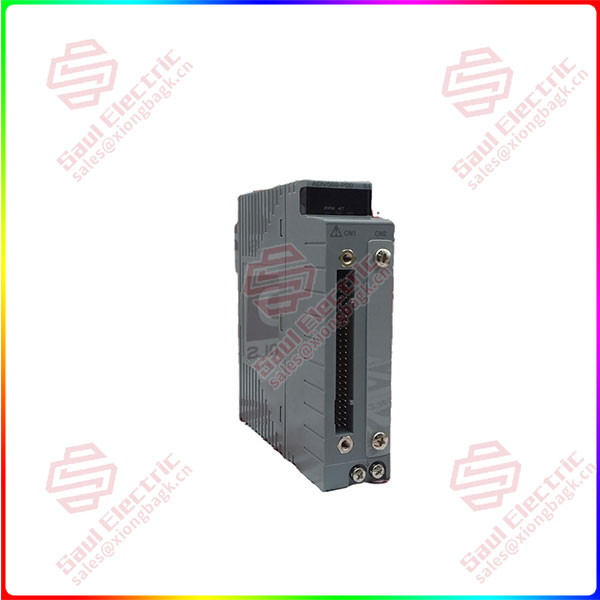A pioneering advance in the Industry 4.0 era, a digital twin is a digital replica of a physical entity, system or process. These virtual equivalents act as a bridge between the physical and digital realms, playing a key role in industry transformation. This article explores the concept of digital twins, their importance in Industry 4.0, and their myriad applications in real-world scenarios.
Learn about digital twins
At the heart of Industry 4.0, a digital twin is a virtual copy of a physical object, system or process. They are made up of three key components:
Physical entity: An object or system that represents the real world, such as a product, machine, or entire manufacturing plant.
Virtual copy: A digital representation that reflects the properties, behavior, and status of a physical entity and is constantly updated using real-time and historical data from sensors and devices.
Data Integration and Analytics: Powered by data, digital twins rely on analytics and machine learning to provide insights, predictions, and simulations.
The key role of digital twins in Industry 4.0
Digital twins are indispensable in Industry 4.0 for a number of compelling reasons, each contributing to the transformation of global industry:

ADV569-P00
Real-time monitoring and control: Digital twins provide a real-time window into the inner workings of physical assets and processes. This transparency allows issues to be identified instantly and resolved quickly, minimizing disruption and improving operational efficiency. For example, in a manufacturing plant, a digital twin on a production line can continuously monitor the health of equipment, detect anomalies and make immediate adjustments or maintenance.
Predictive Maintenance: The power of data analytics in a digital twin goes beyond real-time monitoring. By analyzing historical data and real-time sensor information, these virtual replicas can predict when a device is likely to fail. This predictive maintenance approach saves businesses a lot of downtime and operating costs. In energy facilities, for example, digital twins can predict turbine maintenance needs based on wear and performance data.
Process optimization: Digital twins provide valuable insights for optimizing processes. They can provide advice on resource allocation, improving work processes and reducing energy consumption. In a smart warehouse, for example, digital twins can analyze inventory movement patterns and recommend the best storage layout to reduce picking times and energy consumption.
Accelerate product development: In manufacturing and product development, digital twins simplify prototyping and testing. By creating virtual prototypes that accurately mimic physical products, businesses can conduct a wide range of tests and simulations without the need for physical prototypes. This significantly reduces time to market and development costs.
Risk reduction: Digital twins play a vital role in risk management. By simulating various scenarios, businesses can identify potential risks and vulnerabilities, enabling them to make informed decisions and develop proactive strategies. In the oil and gas industry, for example, digital twins can simulate the impact of extreme weather conditions on offshore platforms, helping in disaster prevention.
 1 Year Warranty
1 Year Warranty





